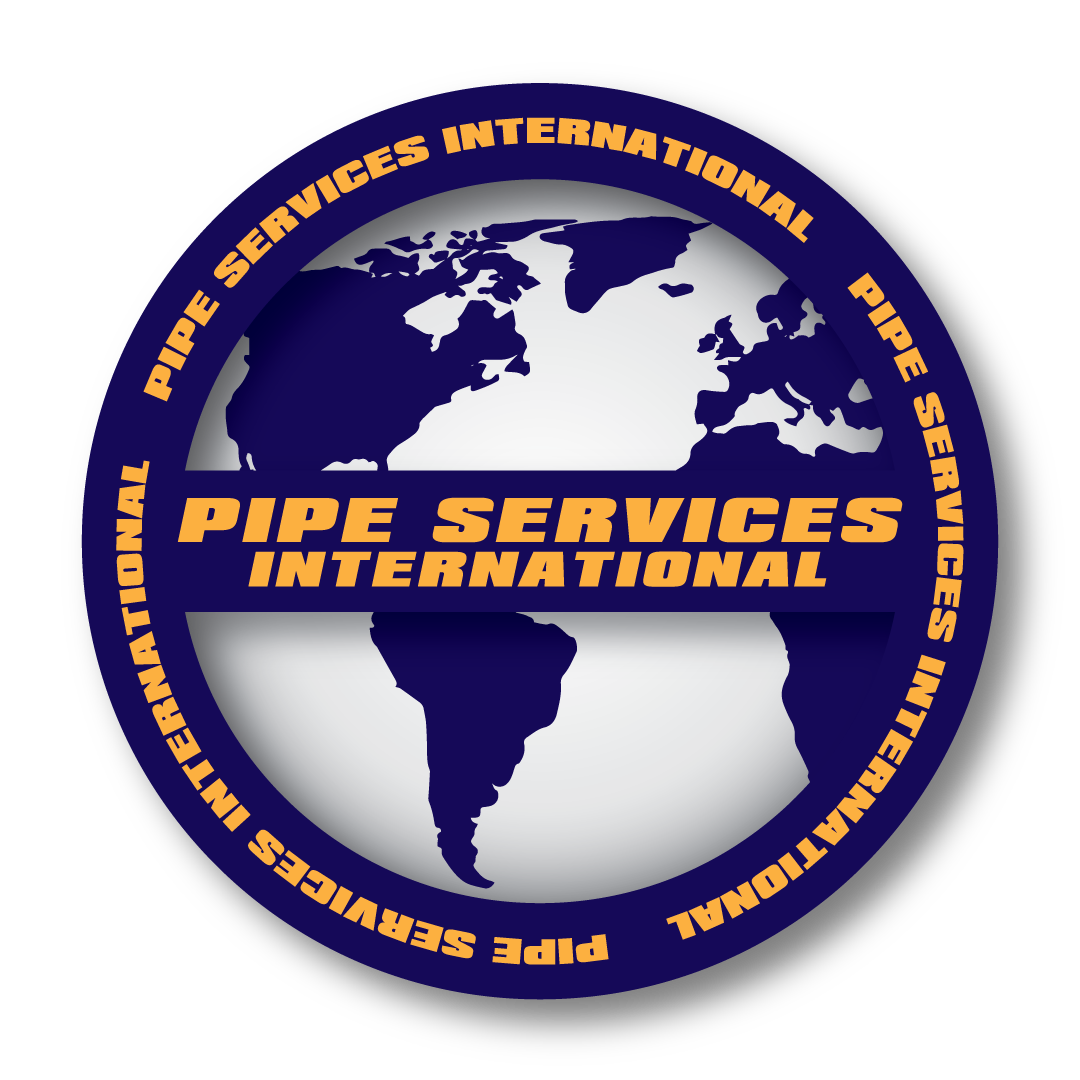Cost Analysis: Repair vs. Replace Decisions for Aging Pipeline Infrastructure
As pipeline infrastructure around the world continues to age, facility managers and infrastructure decision-makers face an increasingly common dilemma: should aging pipelines be repaired or completely replaced? This critical decision impacts not only immediate budgets but also long-term operational efficiency, safety, and sustainability goals.
The True Cost of Both Options
When evaluating repair versus replacement, many organizations make the mistake of focusing solely on immediate costs. While replacement typically requires a higher initial investment, repairs can accumulate over time, potentially exceeding replacement costs when analyzed over a pipeline’s extended lifecycle.
Repair Costs to Consider:
- Direct repair expenses: Labor, materials, equipment
- Operational downtime: Revenue loss during repair periods
- Increased frequency: Aging infrastructure typically requires more frequent repairs
- Emergency response: Unplanned repairs often cost 3-5 times more than scheduled maintenance
- Diminishing returns: Each repair may provide shorter periods of reliable operation
- Compliance risks: Patched systems may struggle to meet evolving regulatory standards
Replacement Costs to Consider:
- Capital expenditure: Initial materials and installation
- Design and engineering: Updated specifications and planning
- Permitting and compliance: Meeting current regulations
- Extended downtime: Potentially longer initial service interruption
- Operational changes: Possible process adjustments for new systems
The Decision-Making Framework
We recommend using the following structured approach when facing the repair-or-replace decision:
1. Assess Current Pipeline Condition
Begin with a comprehensive assessment using modern inspection technologies:
- CCTV inspection: For visual evaluation of internal conditions
- Pressure testing: To identify weaknesses and potential failure points
- Material analysis: To determine remaining useful life
- Leak detection surveys: To quantify current system integrity
2. Calculate Total Cost of Ownership (TCO)
For both repair and replacement scenarios, calculate TCO over a 10-20 year period:
TCO = Initial Investment + Operational Costs + Maintenance Costs +
Energy Costs + Downtime Costs – Salvage Value
This calculation should factor in the probability and impact of future failures, along with anticipated maintenance requirements.
3. Consider Risk Factors
Beyond direct costs, evaluate risk factors including:
- Safety implications: Potential for catastrophic failures
- Environmental impact: Likelihood and severity of potential releases
- Regulatory compliance: Current and anticipated requirements
- Production reliability: Impact on operational dependability
4. Analyze Case-Specific Factors
Every pipeline system has unique considerations:
- Accessibility: Difficult-to-access pipelines may justify more comprehensive solutions
- Strategic importance: Critical infrastructure may warrant more reliable replacement
- Future requirements: Anticipated capacity changes or process modifications
- Technology improvements: Potential efficiency gains from newer materials or designs
Real-World Decision Examples
Case Study 1: Municipal Water Authority
A city water authority faced recurring leaks in a 50-year-old water main. After five major repairs in three years, they conducted a TCO analysis revealing:
- Repair scenario: $2.4M over 15 years with increasing frequency
- Replacement scenario: $3.1M initial cost with minimal maintenance
Decision: Despite the higher initial cost, they chose replacement, which paid for itself within 8 years through reduced emergency repairs, water loss, and property damage claims.
Case Study 2: Chemical Processing Plant
A chemical processor experienced minor leaks in a specialty pipeline system. Analysis showed:
- Repair scenario: $420,000 with specialized materials
- Replacement scenario: $3.8M for complete system overhaul
Decision: The facility chose strategic repairs with enhanced monitoring, as replacement costs could not be justified based on the current condition and expected service life.
Common Pitfalls in Decision-Making
Avoid these frequent mistakes:
- Short-term budget focus: Making decisions based solely on current fiscal year constraints
- Ignoring hidden costs: Failing to account for operational impacts and system inefficiencies
- Postponing inevitable replacement: Applying repeated “band-aid” solutions that increase total costs
- Overlooking implementation challenges: Underestimating the complexity of either option
When Repair Makes the Most Sense
Repairs typically provide better value when:
- The pipeline has substantial remaining useful life
- Damage is localized and not systemic
- Budget constraints prohibit replacement
- Temporary solutions are needed while planning replacement
- Specialty components have extremely high replacement costs
When Replacement Delivers Superior ROI
Complete replacement usually offers better long-term value when:
- Multiple failure points indicate systemic deterioration
- Current materials are obsolete or problematic (e.g., lead, asbestos)
- Capacity requirements have changed significantly
- Maintenance costs show consistent annual increases
- New technology offers substantial operational improvements
- Regulatory requirements necessitate significant upgrades
Financing Considerations
For organizations facing budget constraints, consider:
- Capital improvement programs: Structured funding over multiple years
- Infrastructure grants: Government programs for critical upgrades
- Performance contracting: Financing based on efficiency improvements
- Phased implementation: Staged replacement of most critical sections first
Conclusion: A Data-Driven Approach
The repair-or-replace decision requires balancing immediate budget constraints against long-term operational needs. By conducting thorough analysis using the framework outlined above, organizations can make defensible, economically sound decisions that optimize both short-term and long-term outcomes.
At Pipe Services International, we help clients navigate these complex decisions through comprehensive assessment services, data-driven analysis tools, and implementation expertise for both repair and replacement solutions. Contact our engineering team for a customized evaluation of your aging pipeline infrastructure.
